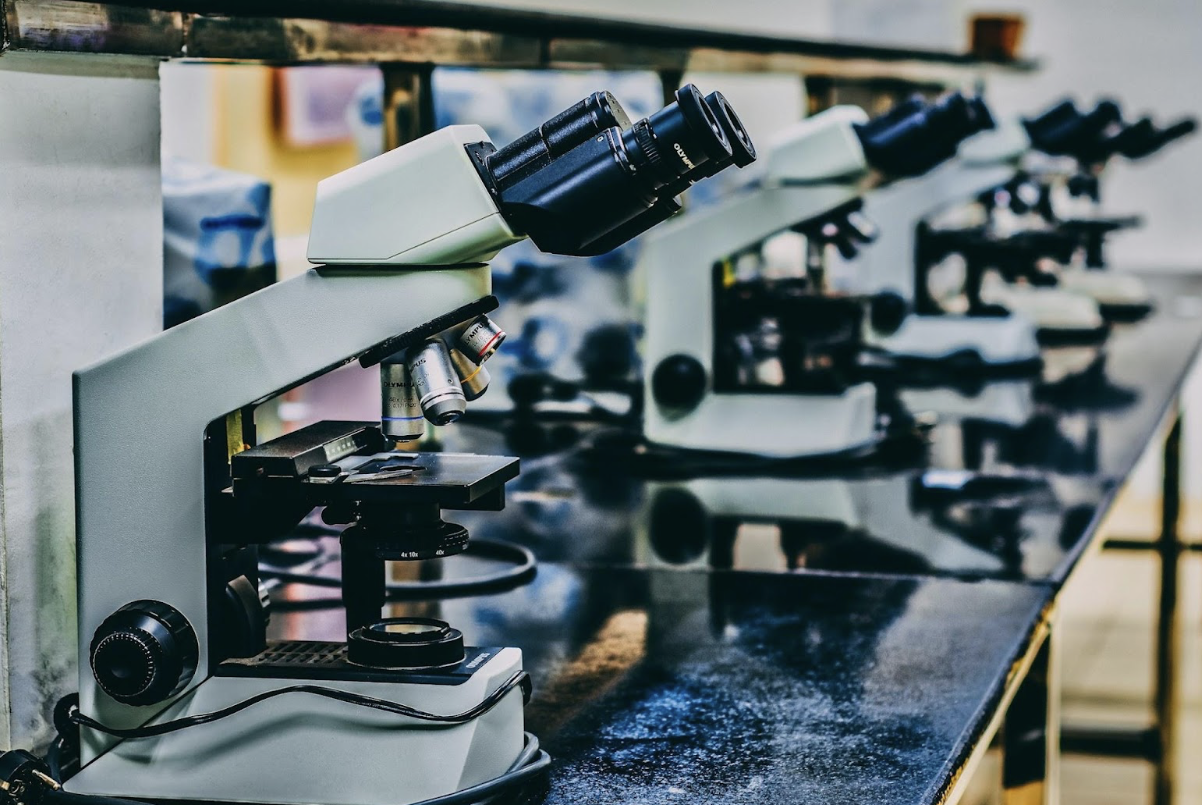Chemical Production 101: A Beginner's Guide to Setting Up Your Lab
Chemical production is a fascinating and crucial aspect of scientific research and industrial processes. Whether you're a student just starting in the field or an entrepreneur looking to set up a laboratory for production purposes, understanding the fundamentals is key to success. In this beginner's guide, we'll delve into the essential aspects of setting up a chemical production lab, covering everything from equipment and safety protocols to regulatory compliance and best practices.
Understanding Your Goals
Understanding your goals is the foundational step in setting up a chemical production lab. It's crucial to define the type of chemicals you intend to produce—whether they are for research and development purposes or commercial production on a larger scale. Having a clear vision helps in determining the equipment, resources, and regulatory requirements necessary for your lab setup, professionals from Venogen explain. Whether your goal is to innovate new compounds, improve existing processes, or meet market demands with high-quality products, outlining your objectives from the outset will streamline decision-making and ensure that your lab is aligned with your long-term goals.
Designing Your Lab Space
The first step in setting up a chemical production lab is designing an appropriate space. Consider factors such as ventilation, lighting, and layout. Ventilation is especially critical to ensure the safe dispersal of fumes and vapors that may be hazardous. Adequate lighting is necessary for precision work and to comply with safety standards.
When planning the layout, organize the space logically, keeping frequently used equipment easily accessible. Separate areas for different processes, such as mixing, heating, and storage, can enhance efficiency and safety. Consult with experts or refer to industry guidelines for designing a lab that meets regulatory requirements.
Acquiring Equipment and Supplies
Equipping your lab with the right tools and supplies is crucial for smooth operations. Here are some essential items to consider:
Safety Equipment: Safety equipment is paramount in a chemical production lab. It includes essential items like gloves, goggles, lab coats, and respirators tailored to the specific hazards present. Prioritizing safety ensures the well-being of personnel and compliance with regulatory standards.
Glassware and Containers: Purchase a range of glassware including beakers, flasks, pipettes, and containers for storing chemicals safely.
Mixing and Heating Equipment: Depending on your production needs, you may require stirring devices, hot plates, or specialized reactors for chemical reactions.
Analytical Instruments: Consider acquiring instruments for measuring and analyzing chemical properties, such as pH meters, spectrophotometers, and chromatography systems.
Storage Solutions: Proper storage is vital for maintaining the integrity of chemicals. Invest in cabinets, shelves, and containers designed for chemical storage, and label everything clearly.
When sourcing equipment and supplies, prioritize quality and safety standards. Reliable suppliers and manufacturers with a track record of providing lab essentials can ensure you get durable and compliant products.
Ensuring Safety and Compliance
Safety should be a paramount concern in any chemical production setting. Familiarize yourself and your team with safety protocols, emergency procedures, and hazard communication standards. Conduct regular safety training sessions and provide ongoing education about handling chemicals safely.
Compliance with regulatory requirements is non-negotiable. Depending on your location and the nature of your operations, you may need permits, licenses, or certifications from regulatory bodies such as the Environmental Protection Agency (EPA), Occupational Safety and Health Administration (OSHA), and local health departments. Stay updated with relevant regulations and seek professional guidance if needed to ensure full compliance.
Implementing Best Practices
To optimize your lab's efficiency and productivity, consider implementing the following best practices:
Good Laboratory Practices (GLP): Adhere to GLP guidelines for maintaining accurate records, following standardized procedures, and ensuring data integrity.
Quality Control and Assurance: Establish protocols for quality control testing to monitor the purity, stability, and consistency of your chemical products.
Inventory Management: Maintain a detailed inventory of chemicals, equipment, and supplies. Implement systems for tracking usage, restocking, and disposal of expired or unused items.
Waste Management: Develop a waste management plan that complies with environmental regulations. Segregate hazardous waste, recycle where possible, and dispose of chemicals responsibly.
Continuous Improvement: Regularly assess and improve your processes based on feedback, performance metrics, and industry advancements. Embrace innovation and technology to stay competitive.
Microscopes lined up on a table
Setting up a chemical production lab requires careful planning, attention to detail, and a commitment to safety and compliance. By understanding your goals, designing a suitable lab space, acquiring the right equipment, ensuring safety and compliance, and implementing best practices, you can establish a successful and sustainable operation.
Remember, continuous learning and adaptation are key to thriving in the dynamic field of chemical production. Stay curious, stay informed, and never compromise on safety or quality. With dedication and perseverance, your lab can become a hub of innovation and discovery in the realm of chemistry.




